Anne Noble
At the End of the Earth
24 June - 23 July 2011
In the summer of 2008, Anne Noble made a return visit to Antarctica to continue her fascination with the continent that began in 2001. This latest trip produced three new bodies of work, White Out White Noise, shown at Two Rooms in July 2010, At the End of the Earth, and Spoolhenge. An Exhibition entitled Spoolhenge Antarctica, opened at Cube3 Gallery, University of Plymouth in May 2011.
Central to the Two Rooms exhibition is a grid of stridently colourful vehicles branded with irreverent names such as Wild Thang, Pizzle and Mental Case and women’s names like Kimberley, Reba, Trixie and Patsy. It is often said that while we are in a post colonial era, the grand imperial project is still underway, played out more significantly than anywhere else in Antarctica, where the invisible end of the revered activities of adventure, discovery and science might be seen to have a particularly disturbing political and aesthetic charge. These works, along with photographs portraying the landscape of artificially constructed roads and towns the trucks inhabit, are a commentary on the physical and gendered nature of our relationship to place.
For the artist, these Photographs taken in December 2008 at the South Pole are intended as an iconic representation of human presence in a place frequently described as the last wilderness on earth. The effect sought is jarring recognition of the inbounded impact of human penetration and presence at the far reaches of the planet 1
Anne Noble’s work is consistently preoccupied with how we know or understand the places we see and inhabit. She’s interested not just in what of representation, but the how and the why – the cognitive processes that link seeing, understanding, and representing. In her hands, photography is a critical tool – almost forensic in its examinations of the imagination. Her images consistently probe our preconceptions about beauty, the Sublime, the documentary ‘truth’ of photography, the ‘what lies beneath-ness’ as well as the ‘what constitutes the surface’ of photographs.
1 Spoolhenge Antarctica Anne Noble Catalogue Essay, Liz Wells, University of Plymouth Press
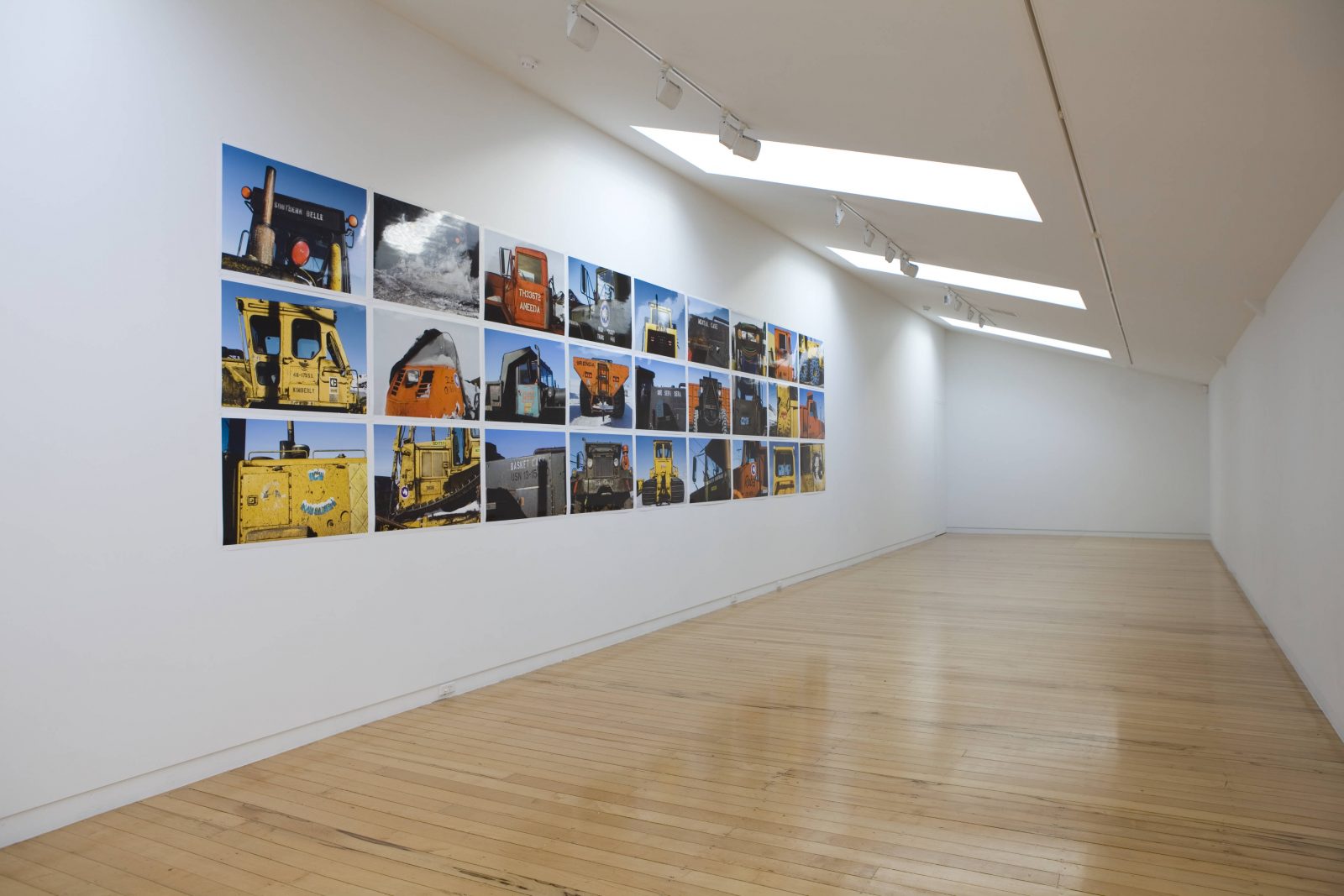
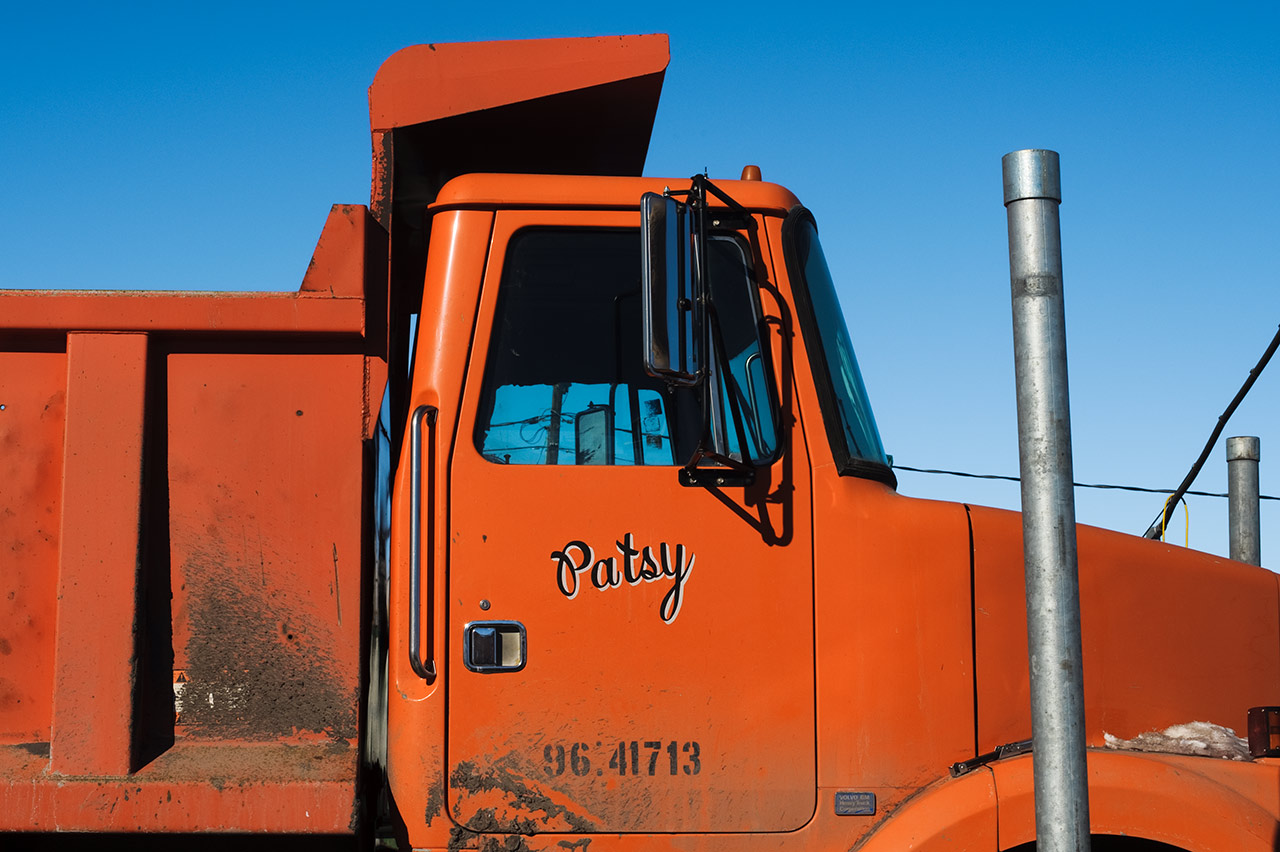
Inkjet print - pigment on paper
edition of 10
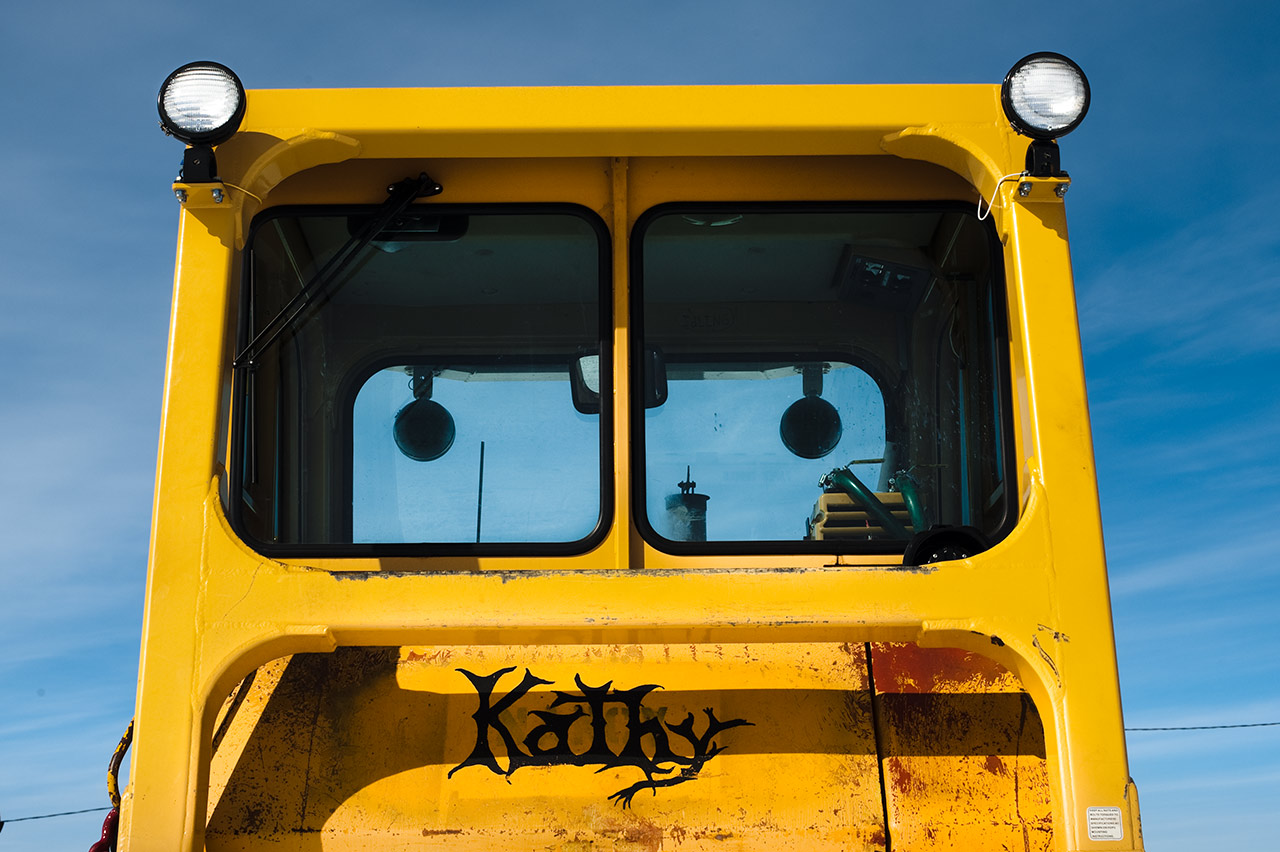
Inkjet print - pigment on paper
edition of 10
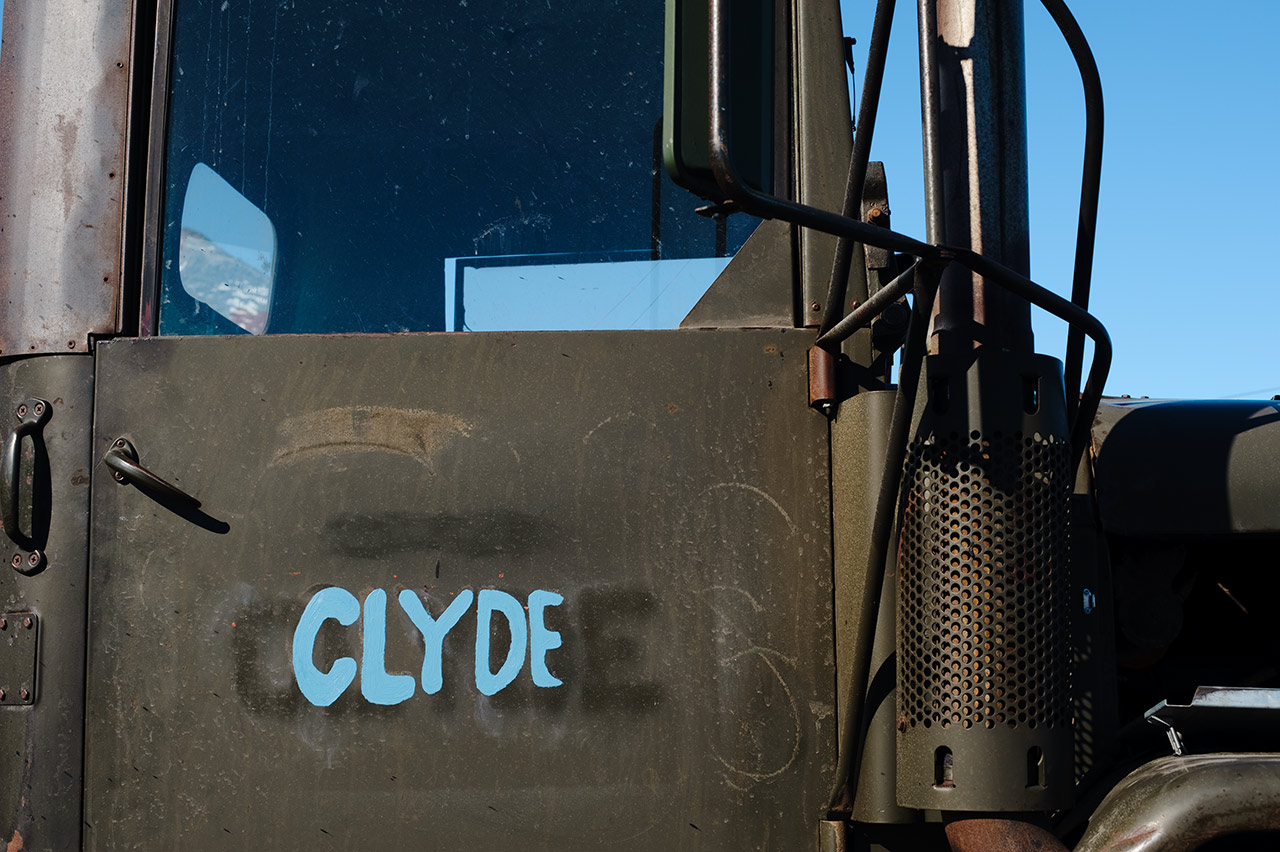
Inkjet print - pigment on paper
edition of 10
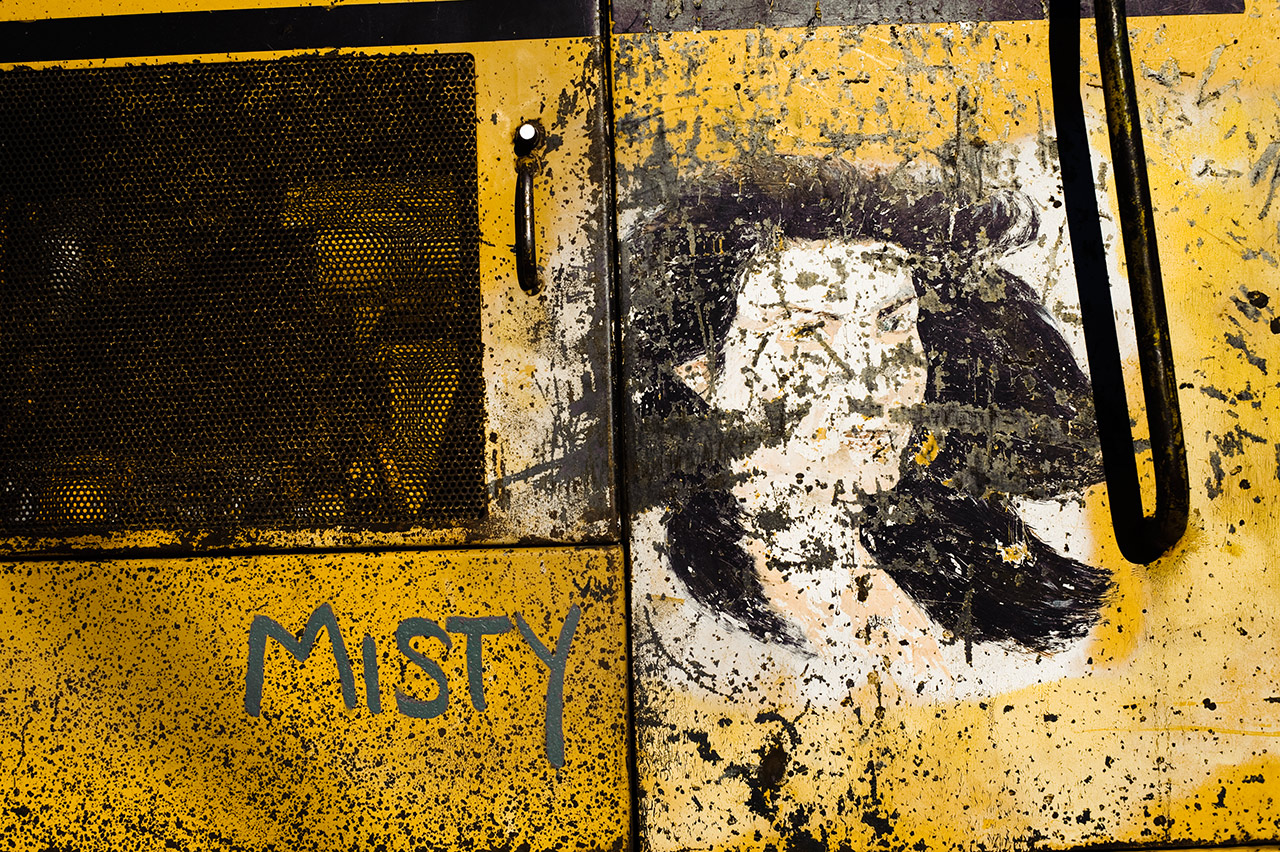
Inkjet print - pigment on paper
edition of 10
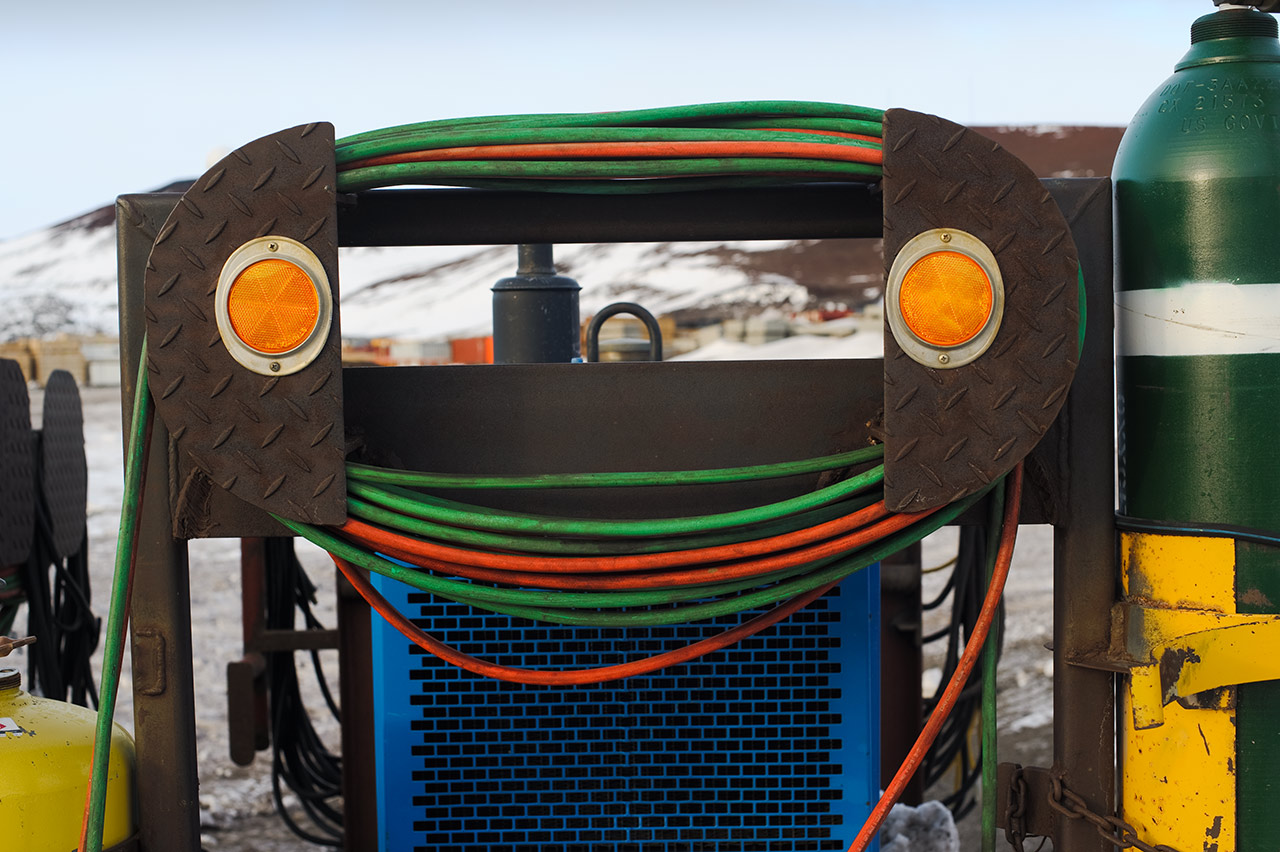
Inkjet print - pigment on paper
edition of 10
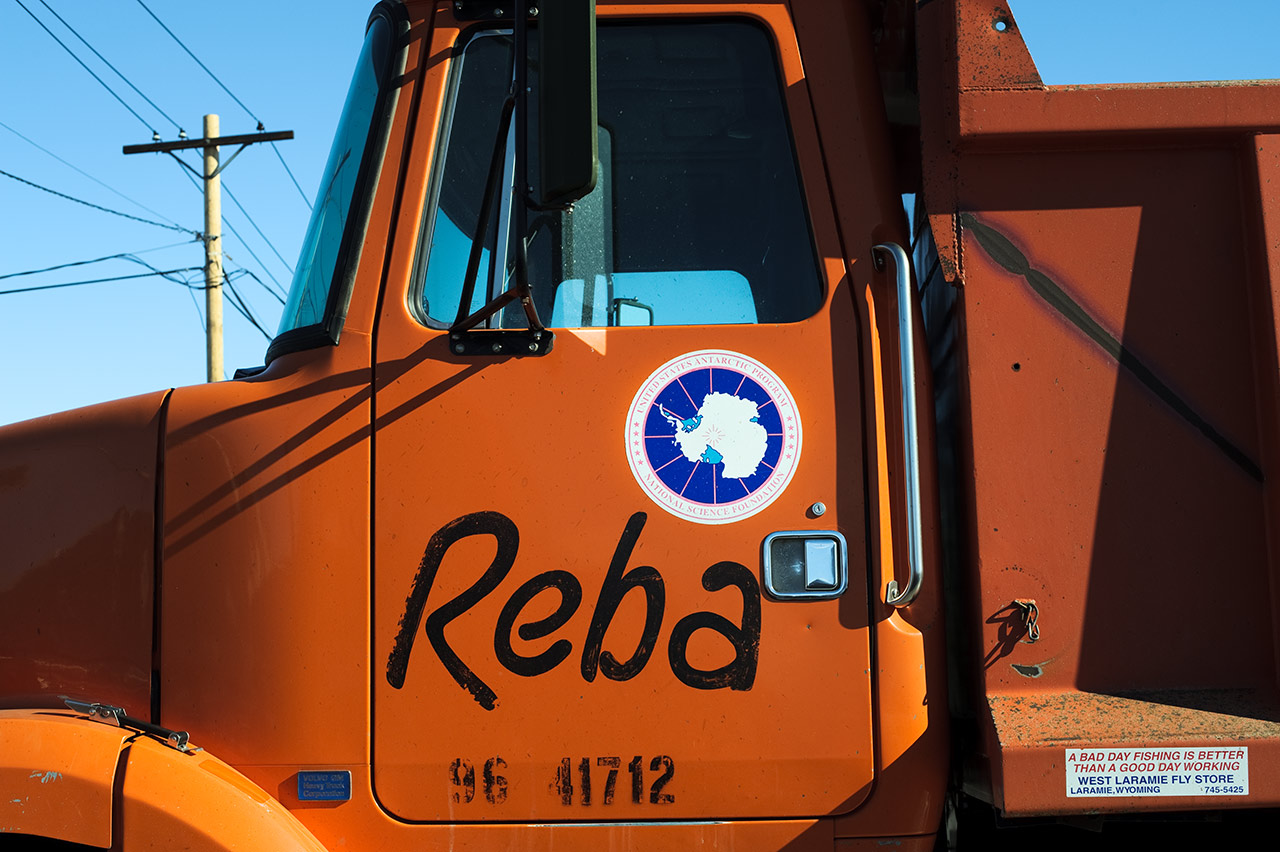
Inkjet print - pigment on paper
edition of 10
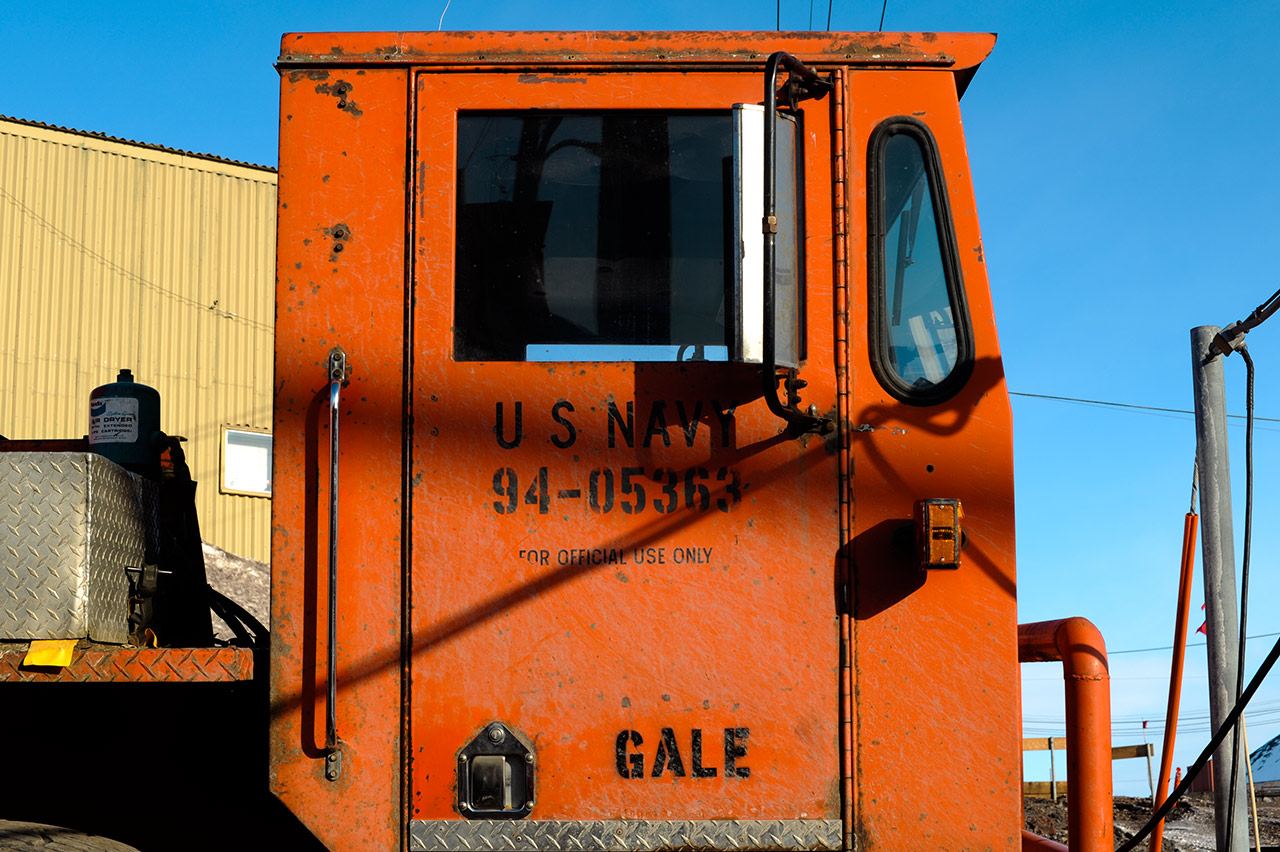
Inkjet print - pigment on paper
edition of 10
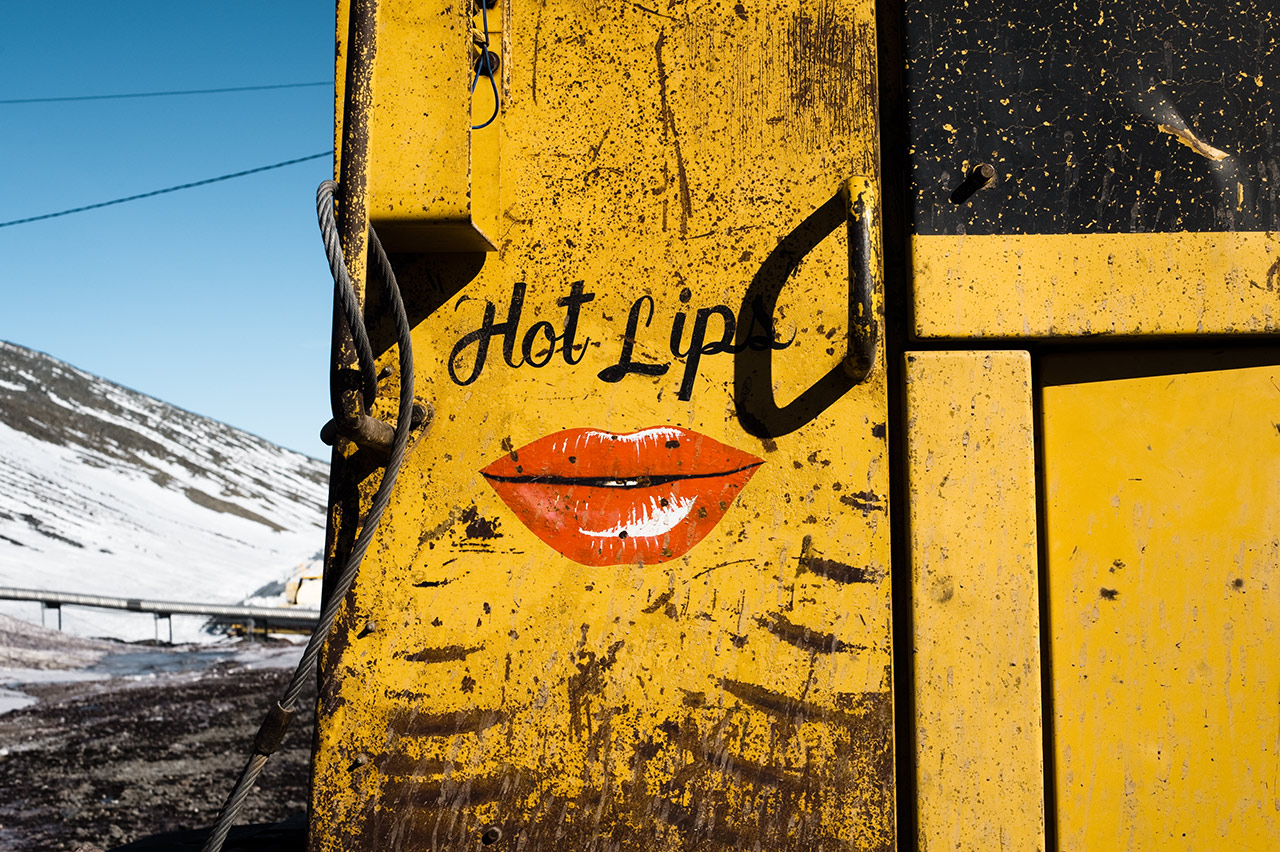
Inkjet print - pigment on paper
edition of 10
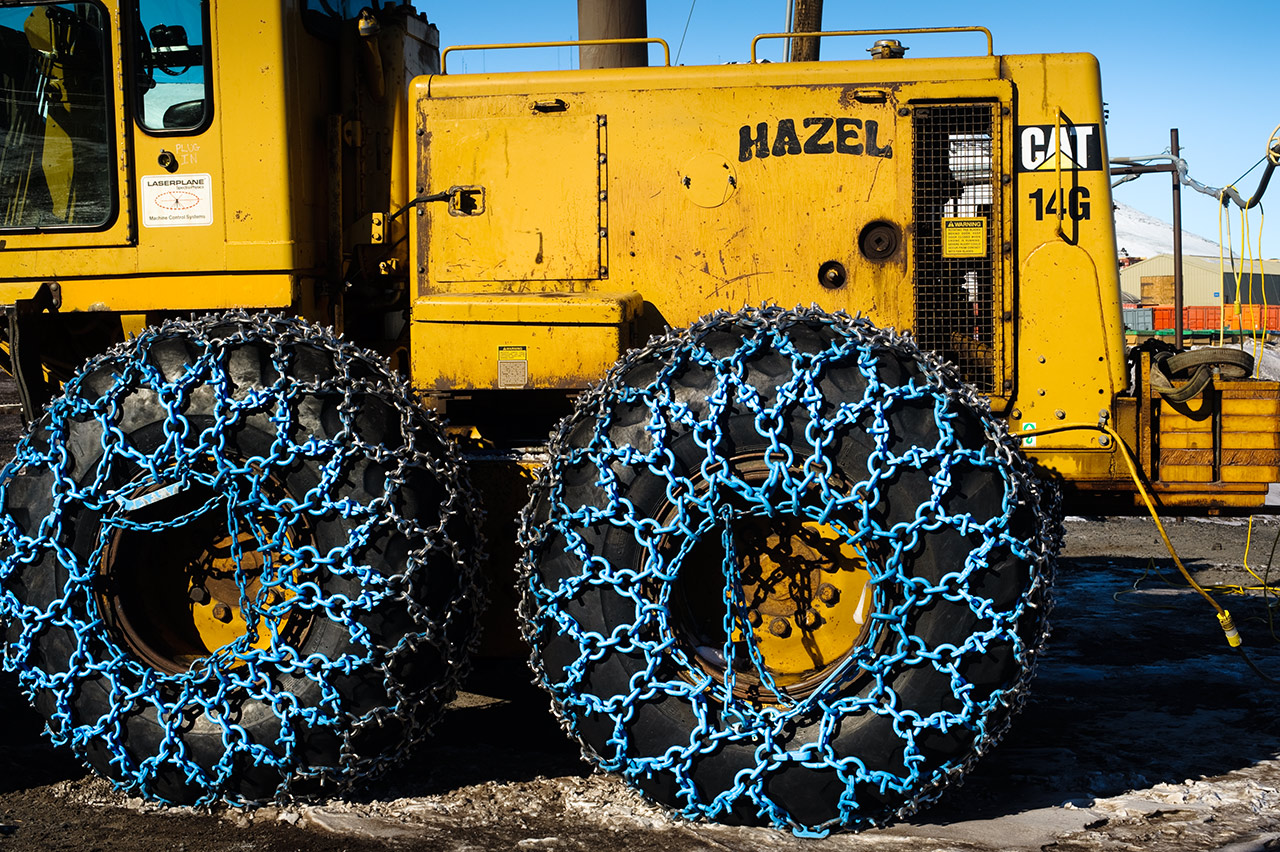
Inkjet print - pigment on paper
edition of 10
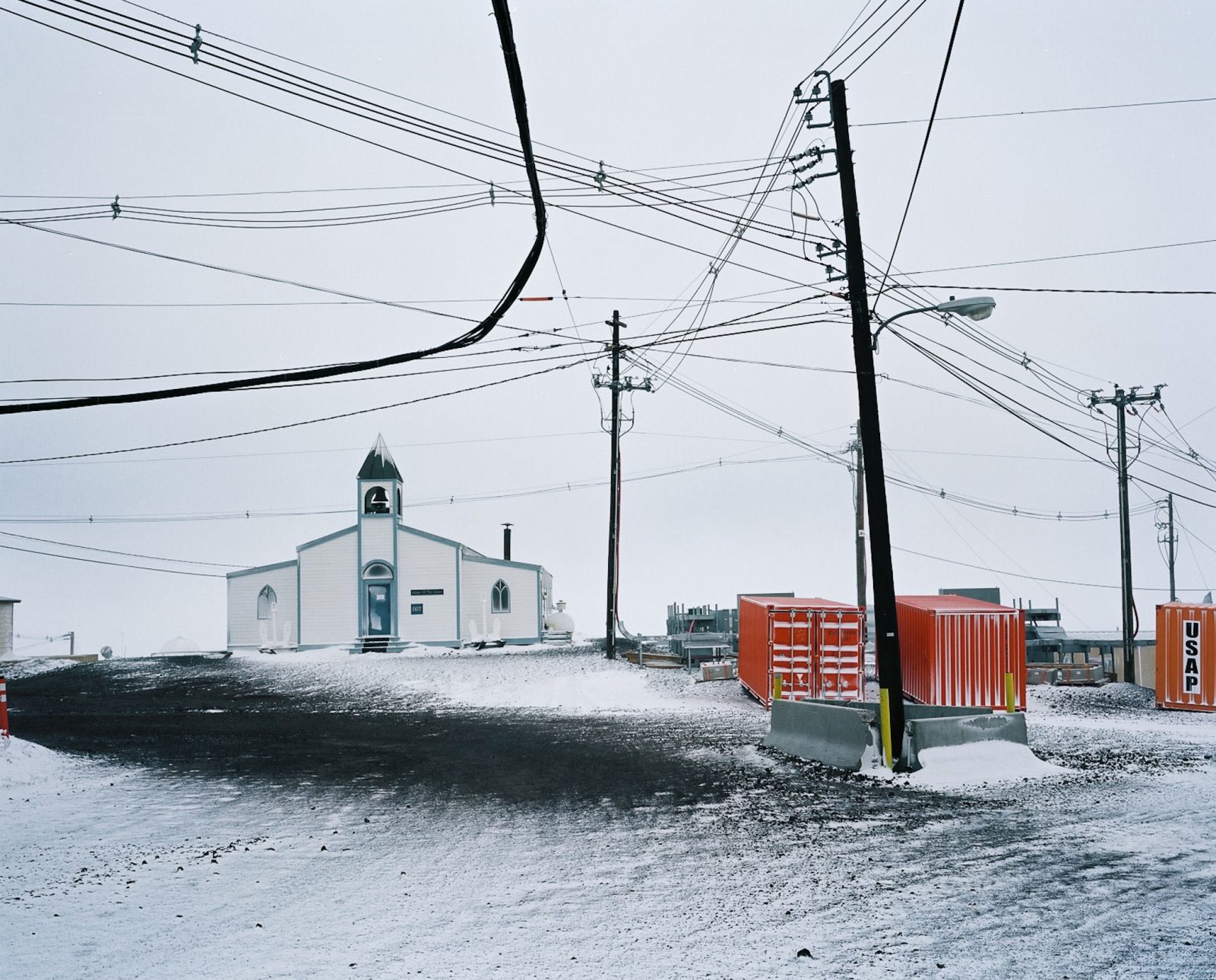
Inkjet print - pigment on paper
787 x 1000 mm
Edition of 10